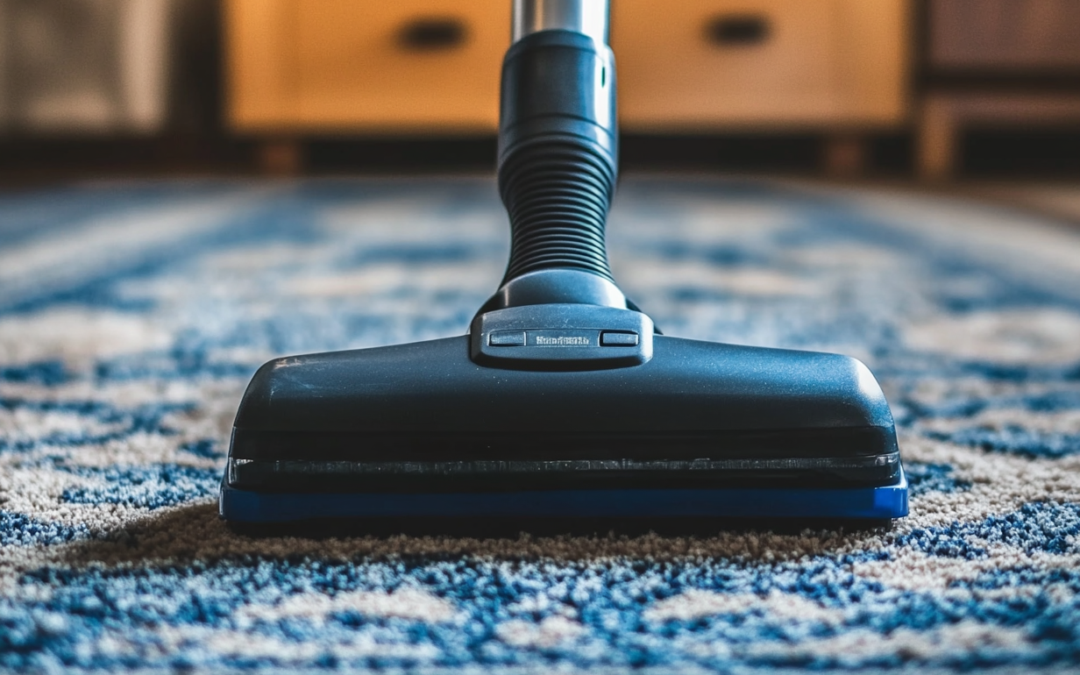Vacuuming—it’s one of those chores that sparks endless debate. Some people vacuum religiously every day, while others wait until their socks turn a suspicious shade of gray. So, how often should you vacuum?
At Tidy Casa, we clean 600 homes a month, so we’re having this vacuuming conversation every single day. The truth is, how often you vacuum really comes down to comfort, but there are some handy guides we use to keep things fresh.
Vacuuming Frequency: A Simple Guide
Carpet and rugs act as the biggest filters in your home, trapping dust, pet hair, and all sorts of microscopic nasties. The more people and pets in your space, the more often you should vacuum. Here’s a simple breakdown:
- Low-traffic homes (1-2 people, no pets): Every 2-3 weeks is usually fine.
- Families with kids or pets (dogs/cats, not snakes—they don’t shed much!): At least once a week.
- High-traffic homes (big families, multiple pets, allergy sufferers): 2-3 times a week.
A More “Feel-It-Out” Approach
Not into counting heads? No problem. Try this follow-your-nose system:
- If your socks start looking dingy after a day at home, it’s time to vacuum.
- If you see dust building up faster than usual, it’s time to vacuum.
- If you start feeling the ick when you walk around barefoot, it’s definitely time to vacuum.
Want to Vacuum Less? Get a Robot!
Yes, the robots are taking over—but don’t worry, these ones are safe. Roombas and other robotic vacuums are great for light maintenance between heavy-duty cleans. They won’t replace your full-size vacuum, but running one a few times a week can help cut down on pet hair, crumbs, and everyday dust.
Deep Cleaning Still Matters
Even with regular vacuuming, carpets and rugs need a deep clean every 6-12 months to get rid of embedded dirt and allergens. The same goes for your floors, furniture, and even your mattress—yep, that thing collects dust, too!
Final Thoughts
Vacuuming isn’t an exact science, but with a little consistency (and maybe a robot helper), you can keep your home feeling fresh without overthinking it.

